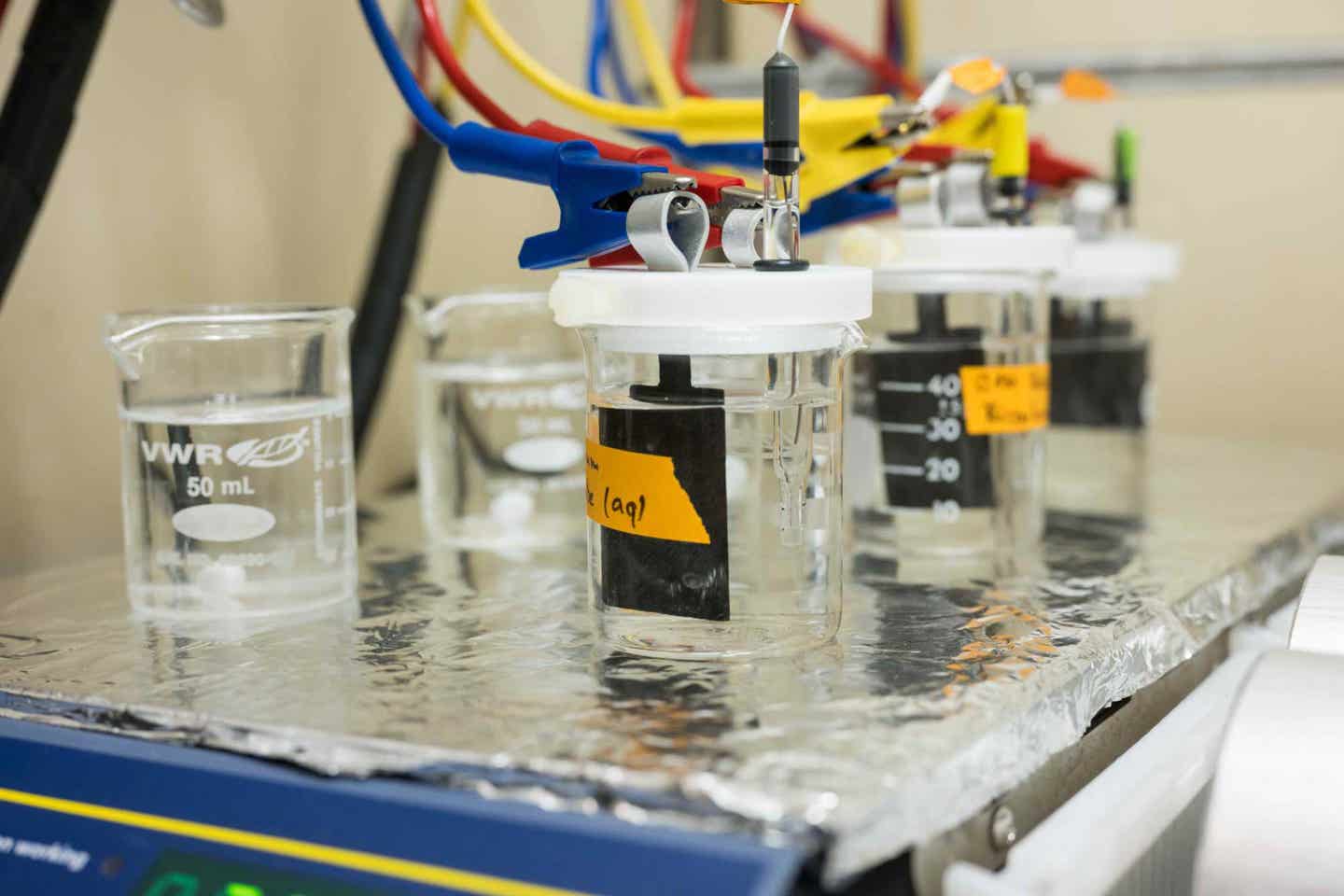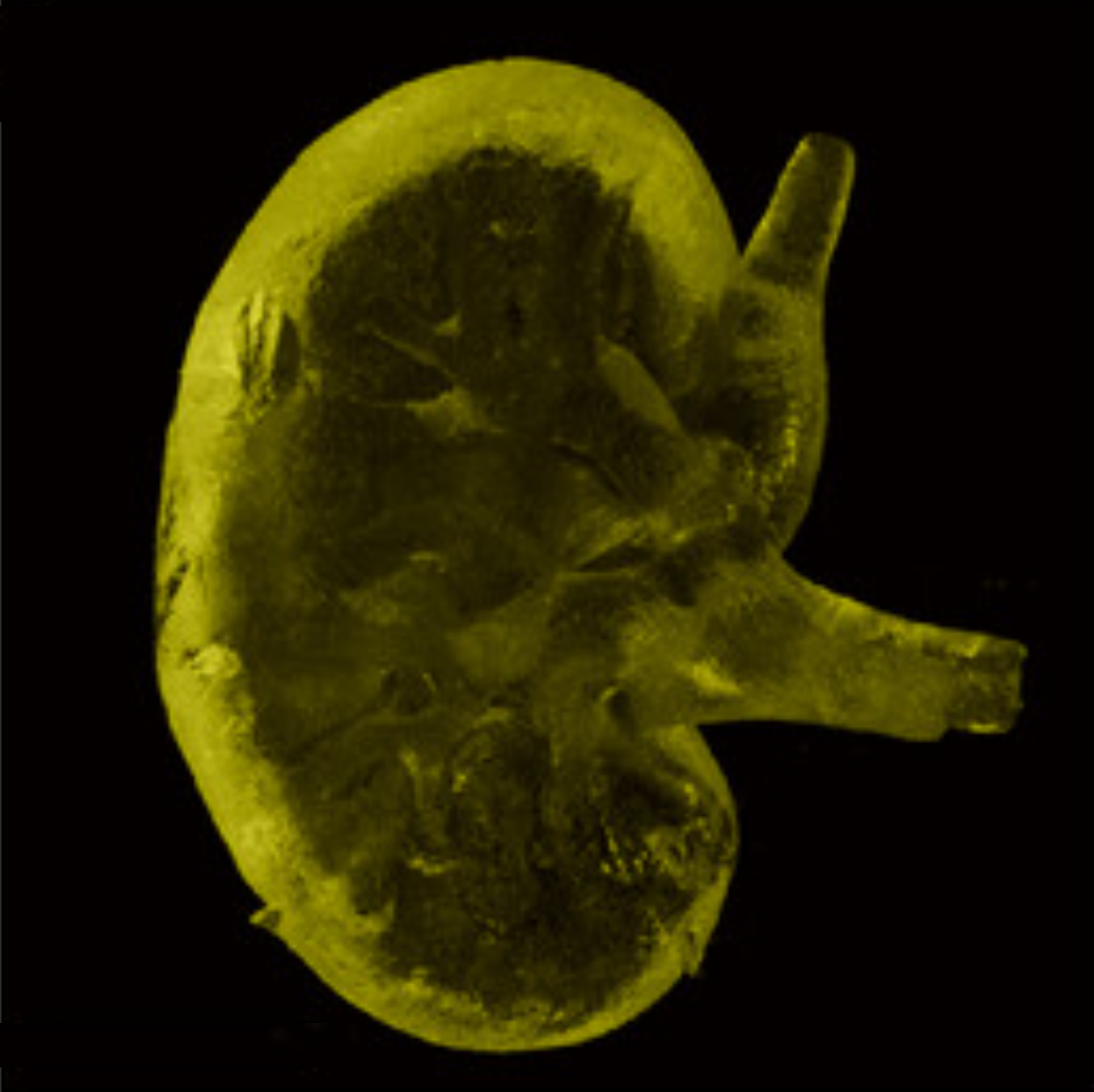Groundbreaking new technology removes harmful ‘forever chemicals’ from water
Rochester researchers have created cheaper and more effective ways to remediate perfluorooctane sulfonate (PFOS) pollution.

A groundbreaking technique utilizing laser-produced nanomaterials crafted from nonprecious metals may pave the way for widely applicable pollution cleanup methods.
Researchers from the University of Rochester have devised innovative electrochemical strategies to tackle pollution caused by "forever chemicals" present in various consumer products, including clothing, food packaging, and firefighting foams.
These chemicals, known as per- and polyfluoroalkyl substances (PFAS), pose significant environmental and health risks. A recent study published in the Journal of Catalysis outlines the development of nanocatalysts specifically designed to remediate PFAS.
Led by assistant professor of chemical engineering Astrid Müller, the team focused on addressing a particular type of PFAS called Perfluorooctane sulfonate (PFOS), formerly used in stain-resistant products but now banned in many parts of the world due to its adverse effects on human and animal health. Despite its prohibition by US manufacturers in the early 2000s, PFOS remains pervasive and persistent in the environment, contaminating water sources.
Utilizing their expertise in ultrafast lasers, materials science, chemistry, and chemical engineering, Müller and her team, comprised of materials science PhD students, developed nanocatalysts through a unique process involving pulsed laser in liquid synthesis.
This method allows precise control over the surface chemistry of the catalysts, enabling manipulation of nanoparticle size through light-matter interaction.
Related Stories
The synthesized nanoparticles are then affixed to hydrophilic carbon paper, which attracts water molecules, providing an economical substrate with a large surface area. High concentrations of lithium hydroxide are used to completely defluorinate the PFOS chemicals.
For the process to be viable on a large scale, treatment of at least a cubic meter of contaminated water at a time is necessary. Importantly, the novel approach utilizes nonprecious metals exclusively, unlike conventional methods that rely on boron-doped diamond.
According to the researchers' calculations, treating a cubic meter of polluted water using boron-doped diamond would cost $8.5 million, whereas the new method is nearly 100 times more cost-effective.
In subsequent studies, Müller aims to investigate the efficacy of lithium hydroxide further and explore the possibility of substituting it with even more abundant and cost-effective materials.
Additionally, she intends to extend the application of the method to other prevalent PFAS chemicals associated with various health issues, including developmental abnormalities and cancer.
Despite the challenges posed by PFAS, Müller emphasizes the impracticality of outright banning these chemicals due to their widespread utility in consumer products and green technologies.
She advocates for a circular and sustainable approach to utilizing PFAS, wherein electrocatalytic solutions are leveraged to break fluorocarbon bonds and safely extract fluoride without environmental contamination.
Although commercialization of the technique is still distant, Müller has filed a patent with support from URVentures and envisions its deployment in wastewater treatment facilities and remediation efforts at contaminated sites.
She emphasizes the social justice aspect of the technology, highlighting its potential to address pollution in economically disadvantaged areas through distributed and energy-efficient applications, such as using electricity from solar panels.
For more environmental news stories check out our Green Impact section at The Brighter Side of News.
Note: Materials provided above by The Brighter Side of News. Content may be edited for style and length.
Like these kind of feel good stories? Get the Brighter Side of News' newsletter.



